In the dynamic landscape of modern agriculture, the selection of an appropriate harvester tailored to the specific crop type is a critical determinant of overall farm productivity and profitability. Whether it’s grains, fruits, vegetables, or other crops, the careful consideration of various key factors can significantly influence the efficiency and effectiveness of the harvesting process. Understanding the unique requirements of each crop and assessing the diverse functionalities of available harvesters are paramount in making informed decisions that align with the agricultural goals and objectives. Here, we delve into the essential considerations that farmers and agricultural professionals should prioritize when selecting harvesters for their specific crop needs.
Crop Type and Varieties
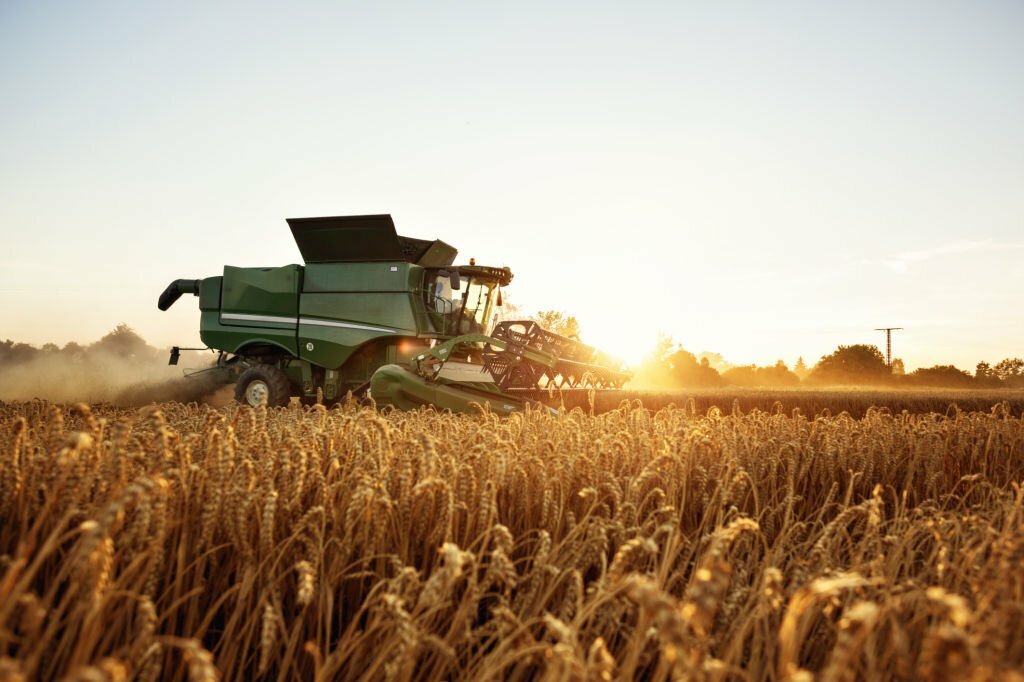
Understanding the intricate details associated with a crop is essential in determining the most suitable harvester, considering factors such as its specific variety, growth patterns, and nuanced harvesting requirements. The varied nature of crops demands customized harvesting approaches, ranging from the careful and precise picking of fruits to the robust and efficient gathering of grains or vegetables.
As a result, it becomes imperative to choose a harvester that is equipped with the precise functionalities and adaptability needed to meet the diverse demands of different crop types. Aligning the unique characteristics of a crop with the corresponding capabilities of the harvester enables farmers and agricultural professionals to seamlessly integrate harvesting processes. This, in turn, optimizes productivity, preserves crop quality, and fosters the efficient and sustainable cultivation of a wide array of agricultural produce.
In essence, the harmonious pairing of crop-specific knowledge and advanced harvester features ensures a streamlined and effective harvesting operation, contributing to the overall success and sustainability of agricultural practices.
Harvesting Capacity and Efficiency
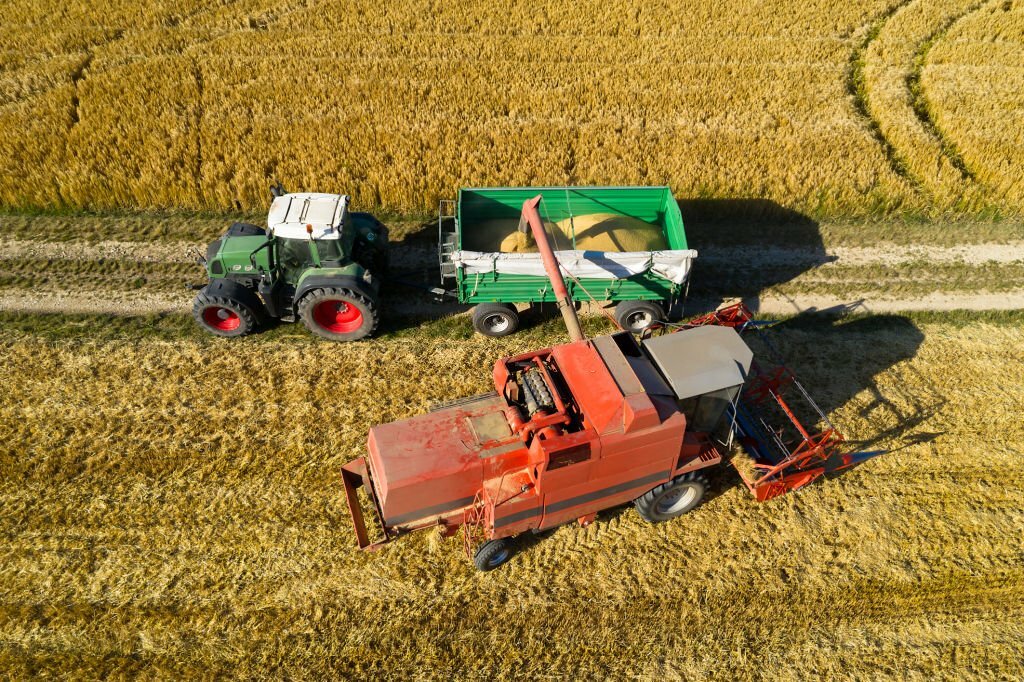
Thoroughly assessing the harvesting capacity and efficiency of agricultural equipment becomes a pivotal factor in the selection process, particularly when considering the scale of the farm and its specific output requirements. This involves a comprehensive evaluation of crucial elements, such as the operational speed of the harvester, its capacity to handle varying crop volumes, and the overall potential for maximizing productivity.
Harmonizing these considerations with the farm’s production targets and market demands becomes crucial in refining the harvesting process to ensure the timely and efficient extraction of crops. Prioritizing the evaluation of these factors empowers farmers to streamline harvesting operations effectively, optimizing the utilization of resources and augmenting the overall crop yield. In doing so, they reinforce the farm’s competitiveness and sustainability within the broader agricultural landscape.
In essence, a meticulous examination of harvesting equipment, tailored to the unique needs of the farm, not only enhances operational efficiency but also plays a strategic role in securing the farm’s position in the dynamic and competitive realm of agriculture.
Terrain and Field Conditions
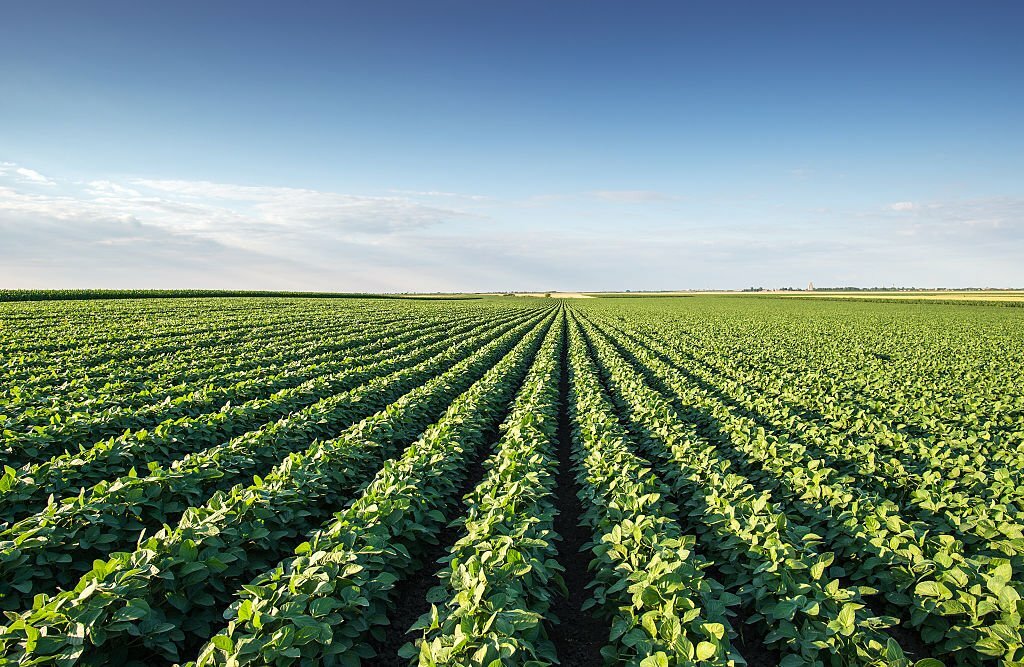
In the meticulous process of selecting an adept harvester tailored to the designated agricultural landscape, a comprehensive consideration of diverse facets is imperative. This includes a thorough examination of topography, soil attributes, and unique field conditions. The chosen harvester must seamlessly navigate and operate within the intricacies of the agricultural environment, be it challenging terrains, undulating topographies, or varying soil compositions. Its adaptability and maneuverability must be resilient to effectively surmount these environmental complexities.
Achieving this requires the incorporation of specialized features and robust design elements that empower the harvester to traverse rugged terrains, negotiate uneven fields, and accommodate the idiosyncrasies of different agricultural landscapes efficiently. By meticulously accounting for these factors, farmers can procure a versatile harvester that not only optimizes operational efficacy and harvesting precision but also ensures uninterrupted and seamless harvesting operations. This, in turn, fortifies the farm’s resilience and productivity across diverse geographical and environmental contexts, showcasing the strategic integration of technology and environmental adaptability in modern agriculture.
Maintenance and Operational Costs
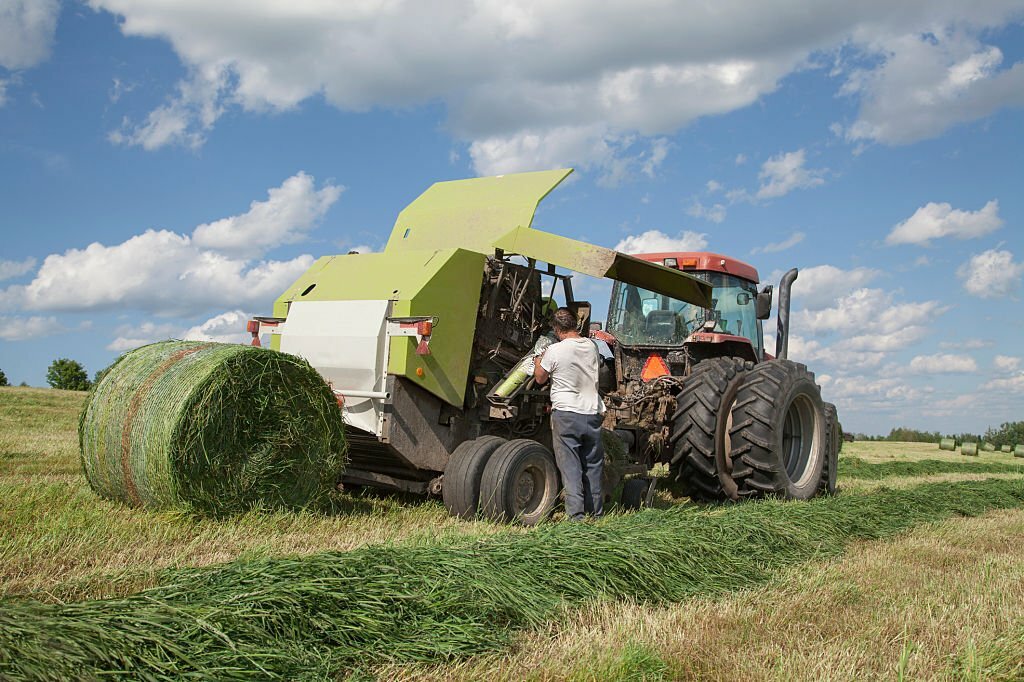
A crucial aspect in determining the overall financial feasibility of a prospective harvester involves conducting a comprehensive evaluation of its long-term maintenance and operational costs. This assessment requires a thorough consideration of various key factors, including projected maintenance demands, fuel consumption efficiency, accessibility of spare parts, and the potential for integrating technological advancements or upgrades. Meticulously analyzing these factors empowers farmers to strategically manage operational expenses, ensuring the prudent allocation of resources and optimizing the harvester’s lifecycle to sustain long-term agricultural productivity.
Highlighting the implementation of proactive maintenance protocols, coupled with the adoption of fuel-efficient technologies and readily accessible spare parts, enables farmers to mitigate unforeseen operational expenditures and safeguard the harvester’s prolonged operational efficiency. Furthermore, incorporating provisions for future technological enhancements or upgrades facilitates the seamless integration of cutting-edge innovations. This not only enhances the harvester’s performance capabilities but also reinforces its relevance within the evolving agricultural landscape, showcasing a forward-thinking approach to technology adoption and long-term financial sustainability.
Technology Integration and Automation
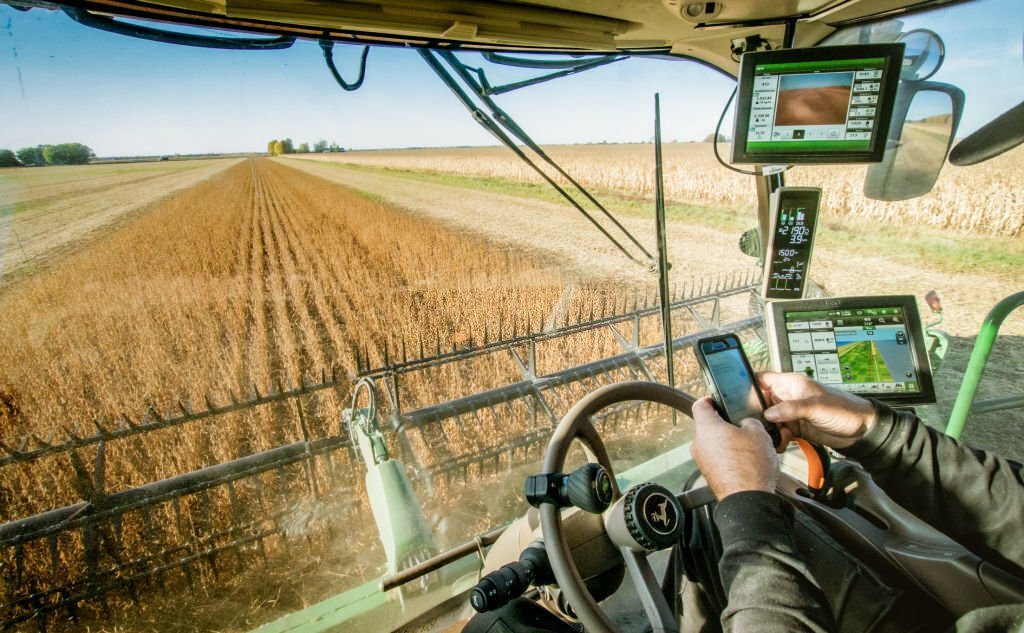
A crucial aspect in determining the overall financial feasibility of a prospective harvester involves conducting a comprehensive evaluation of its long-term maintenance and operational costs. This assessment requires a thorough consideration of various key factors, including projected maintenance demands, fuel consumption efficiency, accessibility of spare parts, and the potential for integrating technological advancements or upgrades. Meticulously analyzing these factors empowers farmers to strategically manage operational expenses, ensuring the prudent allocation of resources and optimizing the harvester’s lifecycle to sustain long-term agricultural productivity.
Highlighting the implementation of proactive maintenance protocols, coupled with the adoption of fuel-efficient technologies and readily accessible spare parts, enables farmers to mitigate unforeseen operational expenditures and safeguard the harvester’s prolonged operational efficiency. Furthermore, incorporating provisions for future technological enhancements or upgrades facilitates the seamless integration of cutting-edge innovations. This not only enhances the harvester’s performance capabilities but also reinforces its relevance within the evolving agricultural landscape, showcasing a forward-thinking approach to technology adoption and long-term financial sustainability.
In the ever-evolving landscape of modern agriculture, the selection of an optimal harvester tailored to specific crop requirements remains a critical determinant of overall farming success. By meticulously considering factors such as crop characteristics, harvesting capacity, field adaptability, maintenance costs, and technological integration, farmers can make informed decisions that not only streamline the harvesting process but also optimize crop yield and enhance operational efficiency. Embracing technological advancements and automated solutions further empowers farmers to stay ahead of the curve, ensuring precision, speed, and quality throughout the harvesting journey. As the agricultural sector continues to evolve, prioritizing these key considerations becomes instrumental in fostering sustainable farming practices, maximizing productivity, and contributing to the broader global food security landscape. By integrating these insights into their decision-making process, farmers can embark on a path toward agricultural excellence, fostering resilience and prosperity within the ever-changing realm of crop cultivation and harvesting.
Discover vital insights on selecting the perfect harvester for specific crops at the Boom and Bucket website. Explore our expert guidance and comprehensive resources to make informed decisions that optimize your agricultural productivity and ensure successful crop harvesting.

